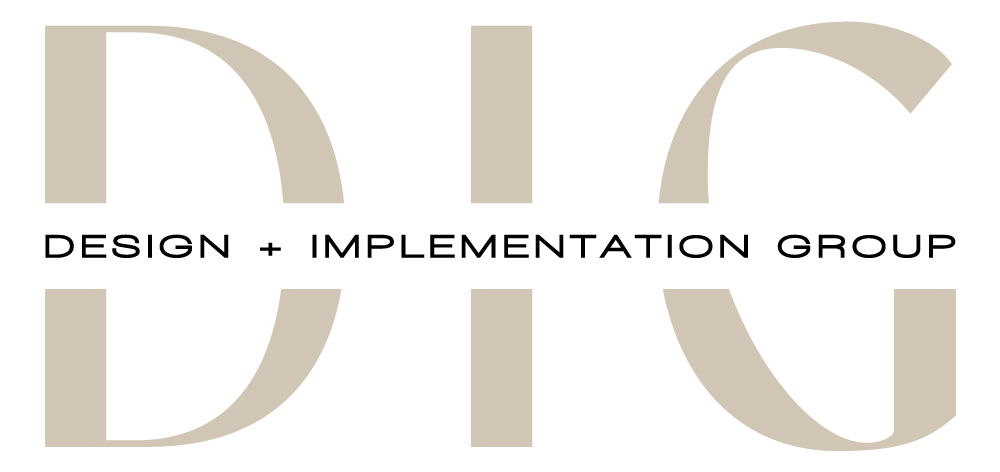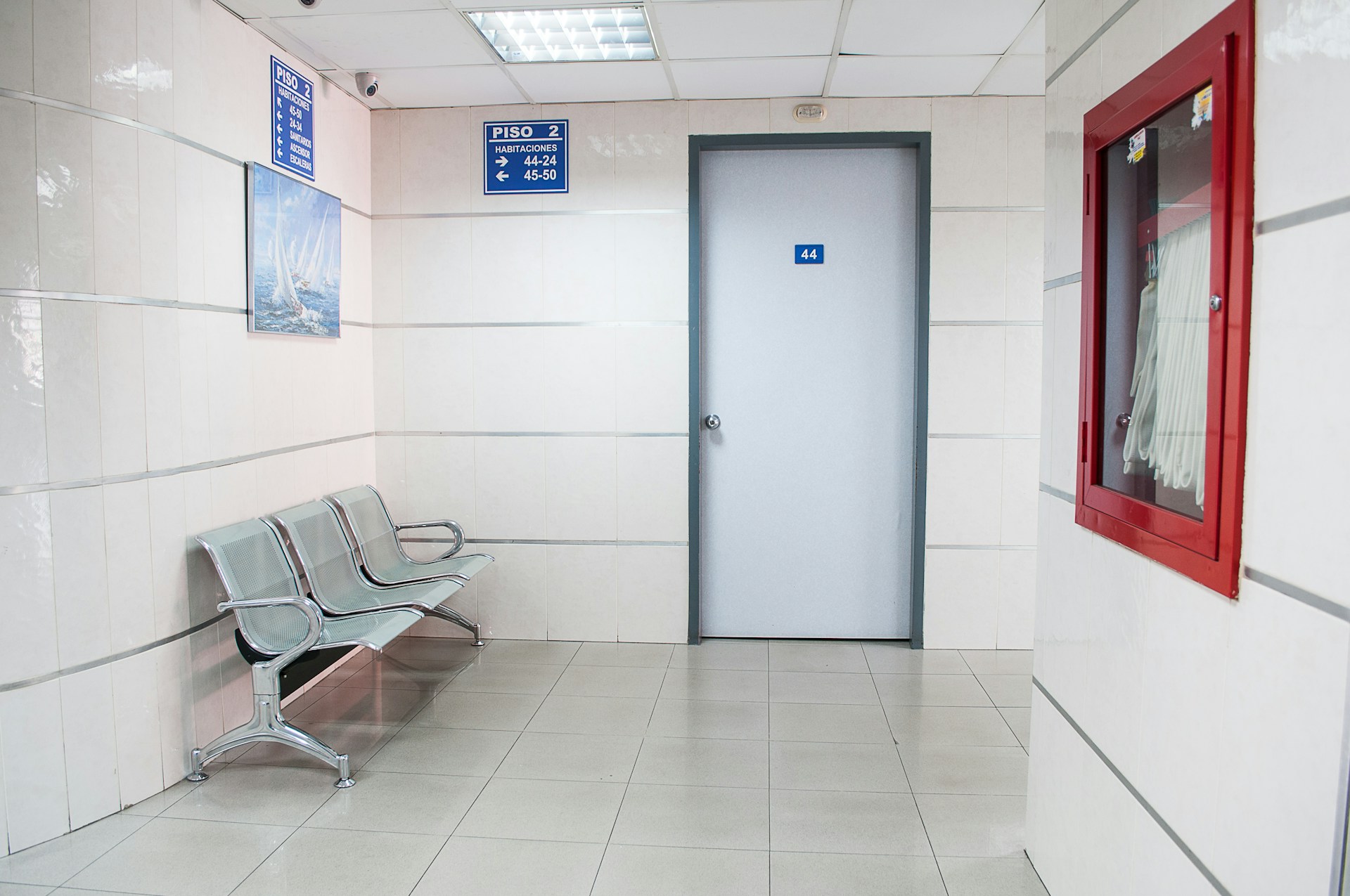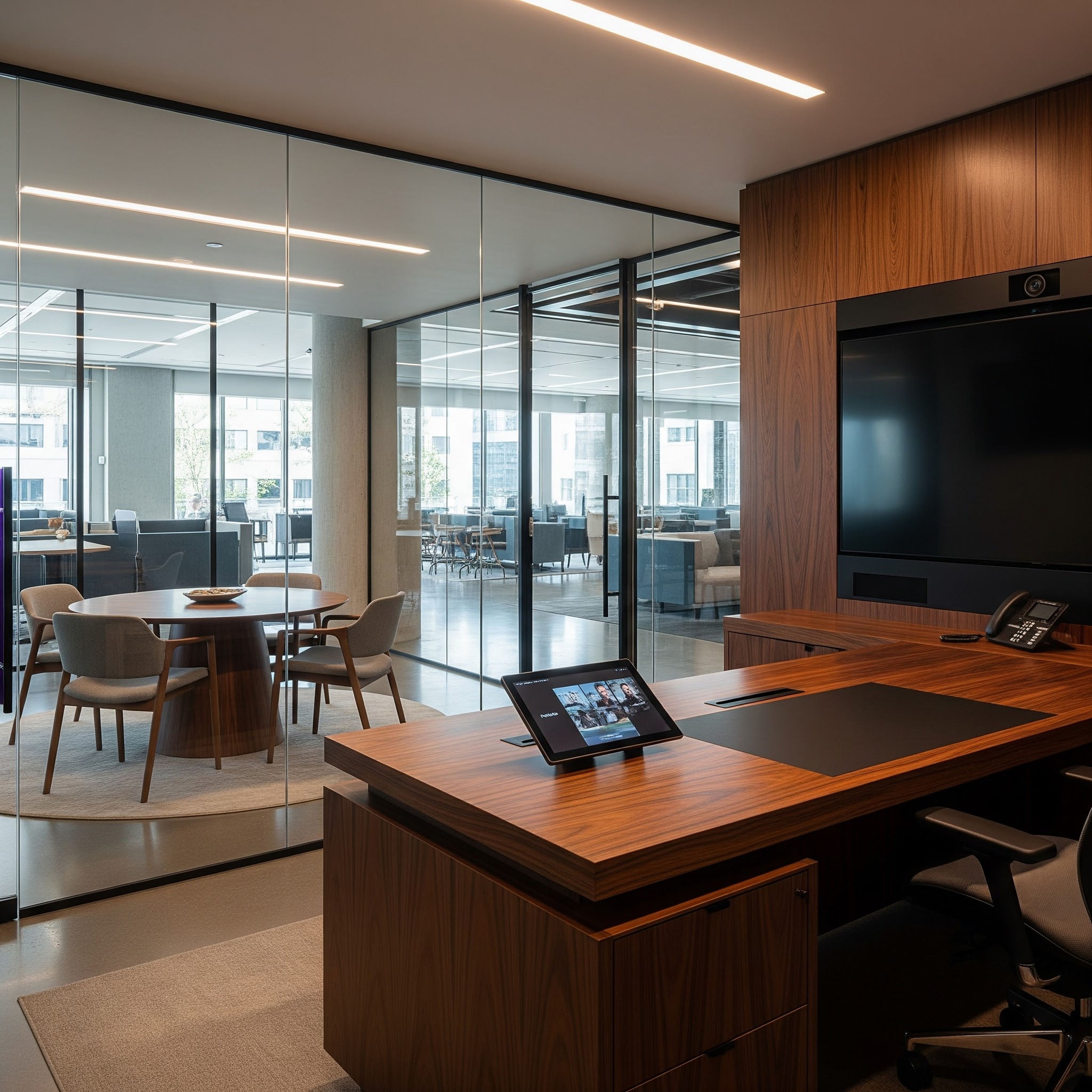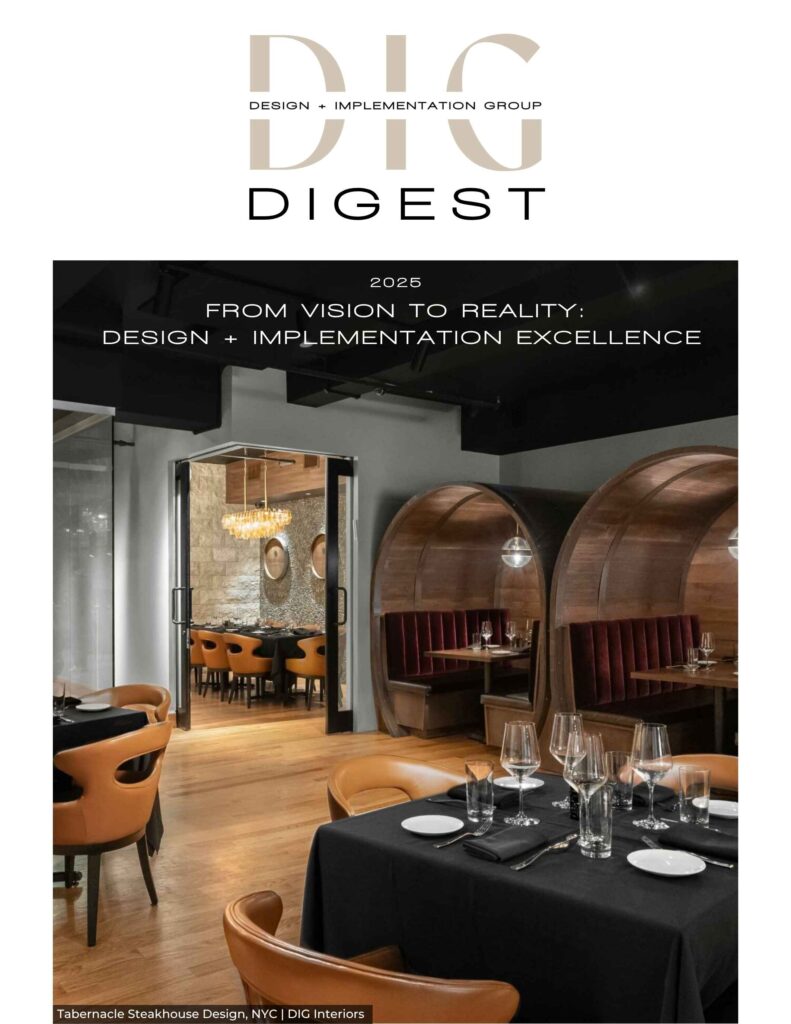Introduction
In recent years, the importance of interior design in healthcare facilities has gained significant attention. It has become clear that the design of these facilities does not only affect the aesthetic appeal but also plays a significant role in patient care. This article explores the impact of interior design on patient care in healthcare facilities.
The Profound Interconnection Between Interior Design and Patient Care
The physical environment where patients receive medical care and undergo recovery has an undeniable influence on their healing process. A thoughtfully designed interior, brimming with aesthetic appeal and functionality, plays a pivotal role in improving the patients’ mood. It also assists in reducing their stress levels, enhancing their overall comfort, and boosting their satisfaction levels. The profound significance of this connection between interior design and patient care should not be overlooked, especially considering its potential to foster positive patient outcomes.
The Impact of Color Schemes on Patient Care
The carefully selected color palette plays an integral role in determining the mood and overall atmosphere in any healthcare facility. The judicious use of warmer colors can instill a feeling of comfort and calmness among patients. This can aid in mitigating patient stress and anxiety, thereby facilitating a more conducive environment for recovery. On the other hand, cooler colors can foster a sense of tranquility and peace, further contributing to a positive healing atmosphere. Hence, the strategic deployment of color schemes in healthcare facilities can directly influence and enhance patients’ mental and emotional wellbeing.
The Role of Natural Light in Enhancing Patient Wellbeing
The presence of natural light plays a substantial role in enhancing a patient’s mood and overall wellbeing. By incorporating sizable windows and skylights into the architectural design of healthcare facilities, we can provide patients with a tangible connection to the outside world. This connection imparts a sense of time, which can significantly assist in their recovery process. Moreover, regular exposure to natural light can help regulate sleep patterns, contributing to the overall health and expedited recovery of patients.
The Influence of Facility Layout on Patient Care
The layout of a healthcare facility, too, exerts a considerable effect on the quality of patient care. A well-planned and executed facility layout can significantly improve the efficiency of the medical staff, reduce the risk of infection transmission, and bolster patient satisfaction levels. For instance, a layout designed to minimize the distance between patient rooms and nursing stations can streamline the healthcare delivery process. This enhances the efficiency of the caregiving staff, ultimately leading to improved patient care.
Conclusion
As these case studies and the information discussed above illustrate, the interior design of healthcare facilities plays a significant role in patient care. It’s not just about creating a visually pleasing environment, but about designing a space that can facilitate better health outcomes. The impact of interior design on patient care is an area worth exploring further for any healthcare facility, given its potential to enhance the patient experience and improve recovery rates.





